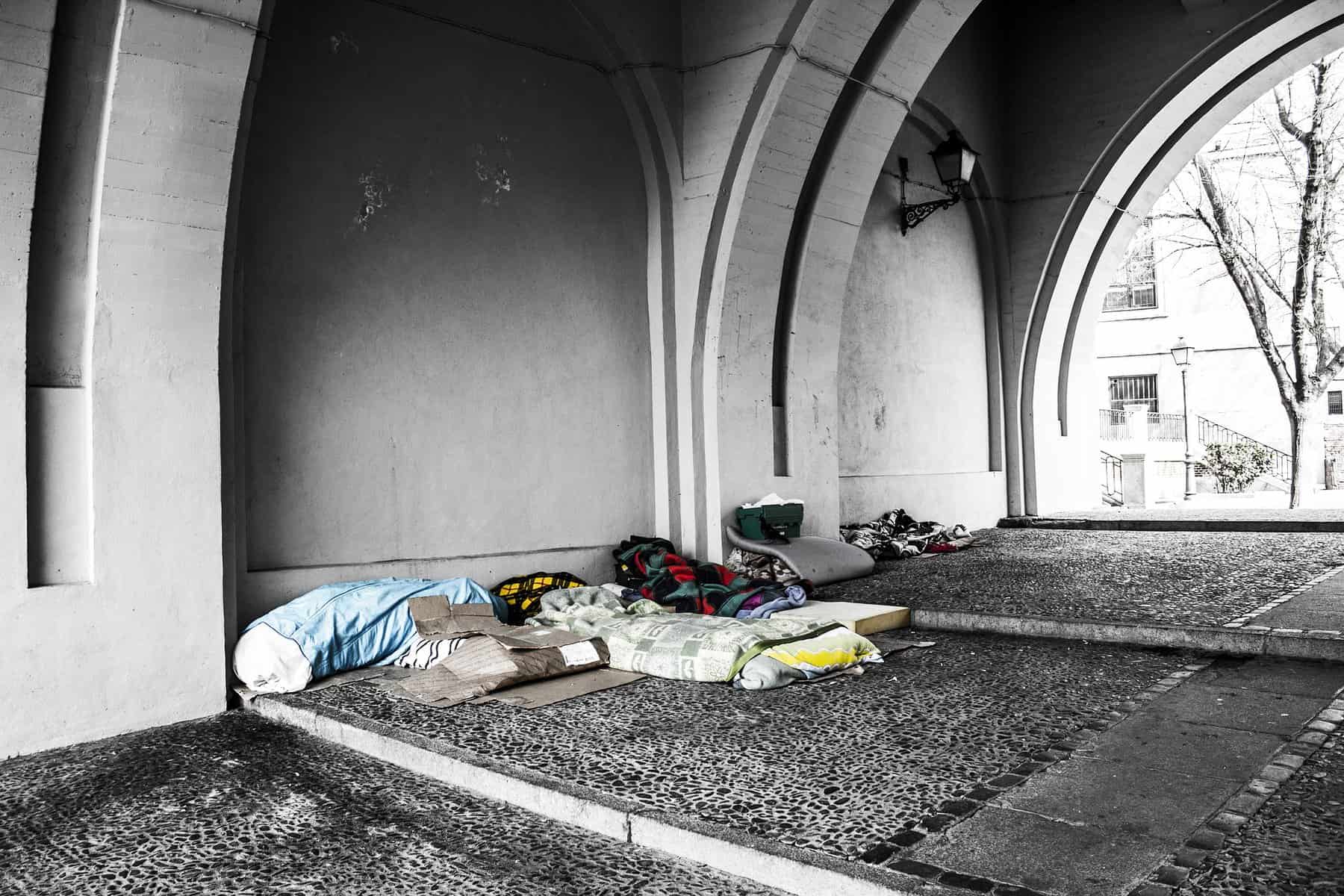
Nearly 550,000 people sleep on the street every night in the US. One particular issue that has occupied the attention of the media lately is the plight of children and adolescents who are without homes. Out of the half million people living on the streets at night in 2016, 22% were children, and 9% were between the ages of 18 and 24. As a Christian community, we have a responsibility to respond to the needs of the homeless population that surrounds us.
Since one-third of homeless people are under the age of 25, many are still in school—yet students without homes frequently lack the traditional supports that are needed to stay in the school system, let alone finish high school or move on to higher education. In a study by Hart Research Associates, researchers interviewed students currently without homes, and young adults who were homeless during or before high school. According to the study, “Students who experience homelessness are more likely than their non-homeless peers to be held back from grade to grade, have poor attendance or be chronically absent from school, fail courses, have more disciplinary issues, and drop out of school. These negative effects are amplified the longer a student remains homeless.” The study also found that homeless students often felt overlooked and invisible, and unsurprisingly, lacked the resources necessary to succeed in school.
Out of the half million people living on the streets at night in 2016, 22% were children.
Dealing with basic issues of survival and safety renders the dream of higher education almost impossible for homeless students. Yet recently, stories of college students who obtained degrees while homeless have been featured in the media, drawing national attention to these individuals, their stories, and the issue of homelessness more broadly. An article in the New York Times told the story of Preston Roberson-Charles, who despite his experiences with homelessness, was able both to attend college and establish stable living conditions for himself. The Washington Post also featured stories of several college students who had experienced homelessness, quoting among them Elio Velazquez, who is studying business administration at Marist College in New York. About his time spent homeless, Velazquez says: “It seemed to me that a lot of the people who have the power to make national changes are very unaware of the conditions or the circumstances we live under.”
Not only do homeless students face problems in the educational system, they are also at risk for human trafficking. Adolescent homelessness increases the risk of being abducted for forced labor or sex, and sometimes both. An article in US News reported that one-fifth of homeless youth in the U.S. and Canada are victims of human trafficking. When trafficked for labor, the majority (81%) were used for drug dealing. While labor trafficking is a problem, sex trafficking is by far the most common type of human trafficking. Out of the 20% of homeless youth who were trafficked, 15% were taken into the sex trade.
Homelessness is a pervasive and multifaceted problem. But resources provided for those on the streets are on the rise. Shelters can provide some relief for homeless individuals and families, although the system is far from equipped to fully meet the need. Different organizations are also addressing the multidimensional problem of homelessness, including physical safety, adequate nutrition, and protection of personal property. One such organization, Tuck, focuses on the often overlooked issue of sleep for homeless individuals. Tuck is an organization that draws attention to the difficulty of getting a good night’s sleep while living on the street. Even in shelters, people are often afraid for their personal safety, disrupted by noise and lights, and otherwise unable to get the proper amount of sleep at night—which research shows can lead to obesity, diabetes, violent or aggressive behavior, memory loss, and schizophrenia-like symptoms. Tuck helps to draw attention to this issue, and provides information on how and where homeless individuals can get better sleep.
Homelessness is a complex issue that affects many individuals and families. Organizations that actively confront different problems homeless people face are vitally important. Providing homeless individuals with safety, shelter, emotional support, and help to build a stable future for themselves is all part of addressing the problem of poverty and homelessness, and caring for our neighbors as Jesus taught us.
Rachel Covert recently completed her first year at Eastern University in the Templeton Honors College.


